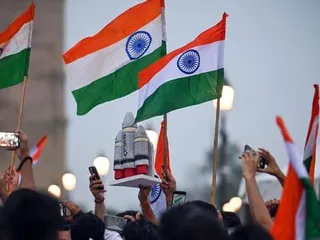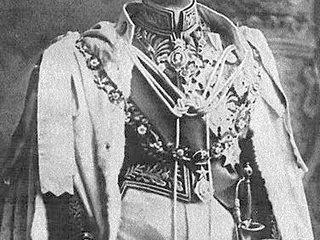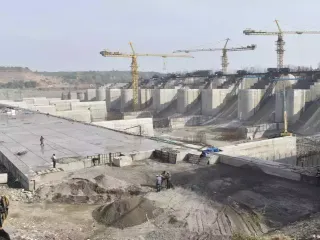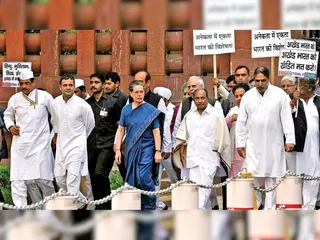The period between the 6th and 4th centuries BCE witnessed the rise of sixteen major kingdoms in ancient India, known as the Mahajanapadas (literally, "great kingdoms"). These powerful states played a crucial role in shaping the political and social landscape of the Indian subcontinent, ultimately paving the way for the rise of empires like the Mauryan dynasty. Their emergence marked a significant transition from smaller tribal republics and chiefdoms to larger, more organized political entities.
Table of the 16 Mahajanapadas
| Mahajanapada | Modern Location | Capital | Significant Features |
|---|---|---|---|
| Anga | South Bihar, India | Champa | Known for its trade and fertile land. |
| Magadha | South Bihar, India | Rajgir (later Pataliputra) | Became the most powerful Mahajanapada, known for its strong military and strategic location. |
| Kashi (Varanasi) | Uttar Pradesh, India | Varanasi | Important religious and trading center. |
| Kosala | Uttar Pradesh and parts of Nepal | Ayodhya and Sravasti | Powerful kingdom, renowned for its wealth and military strength. |
| Vajji (Vrji) | North Bihar, India | Vaishali | A powerful confederacy of Lichchhavi republics. |
| Malla | Uttar Pradesh, India | Kusinara | Known for its association with Buddhism; Buddha's death took place in Kusinara. |
| Chedi | Bundelkhand region, India | Shuktimati | A significant kingdom in central India. |
| Avanti | Malwa region, India | Ujjain and Mahishmati | Known for its rich agriculture and strategic location. |
| Vatsa | Uttar Pradesh, India | Kaushambi | Flourishing commercial and cultural center. |
| Kuru | Delhi and Haryana, India | Indraprastha | Important kingdom in the epic Mahabharata. |
| Panchala | Uttar Pradesh, India | Ahichhatra | Powerful kingdom known for its military strength. |
| Matsya | Rajasthan, India | Viratnagar | Mentioned in the Mahabharata. |
| Surasena | Braj region, India | Mathura | Important center of religious and cultural significance. |
| Assaka | Maharashtra and Andhra Pradesh, India | Potana | Located in the Deccan region. |
| Gandhara | Peshawar region (Pakistan) | Taxila | A kingdom at the crossroads of trade routes. |
| Kamboja | Northwestern India (possibly extending into Afghanistan) | Not definitively known | Known for its warriors. |
The rise and eventual decline of these Mahajanapadas were influenced by various factors, including warfare, economic conditions, and the changing social and religious landscape of the time. The interactions and conflicts among these kingdoms significantly shaped the course of ancient Indian history, leading to the unification processes seen in later empires.







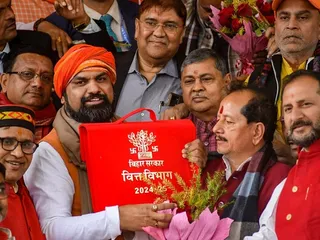

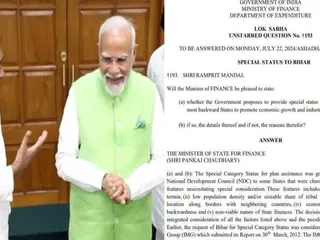

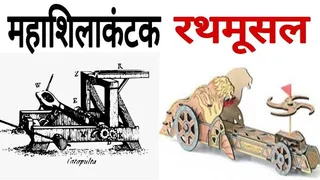













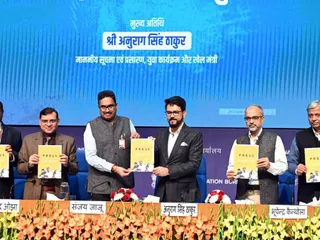



 (24)jpeg-1722421859875.jpeg.webp)






